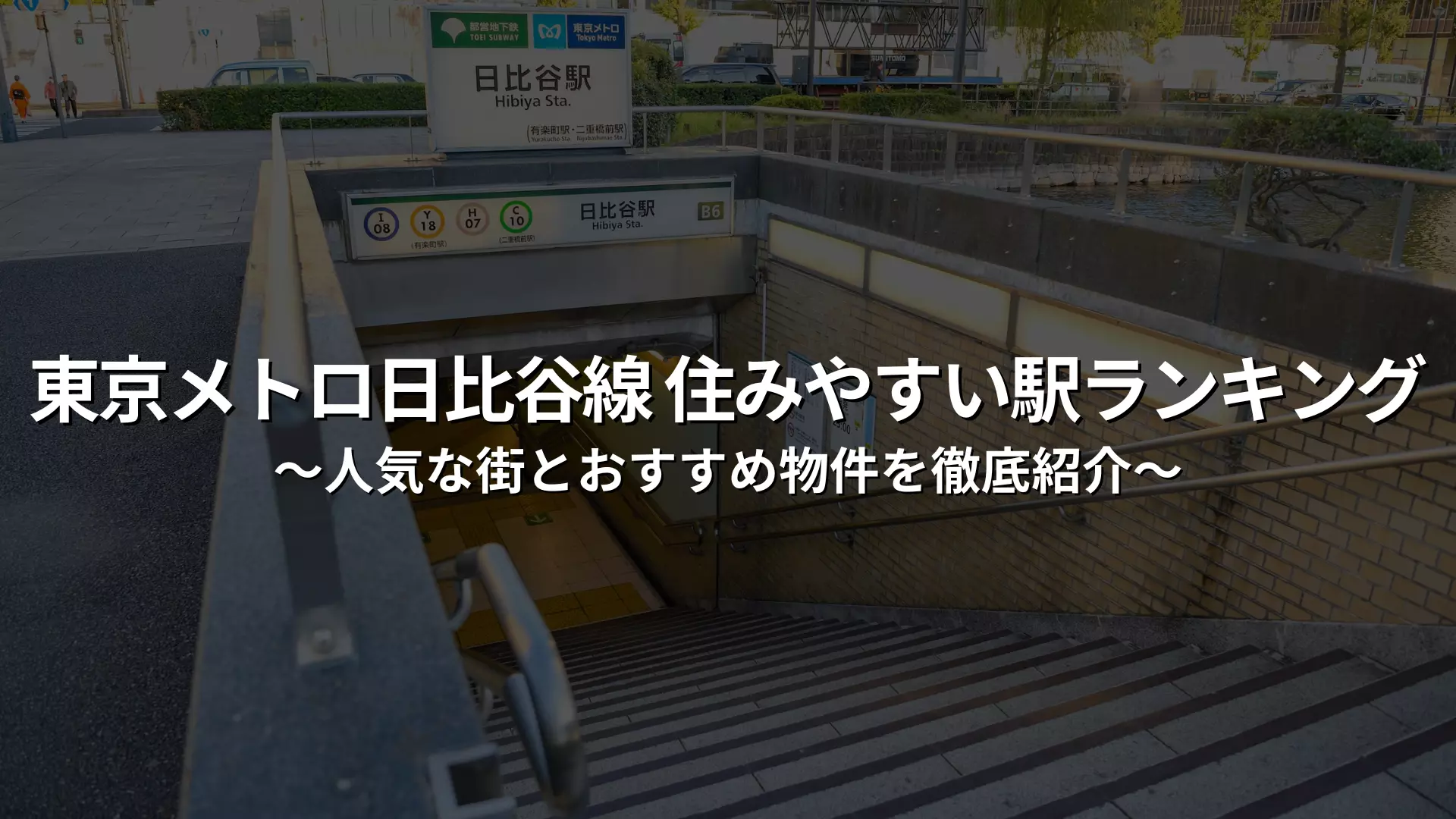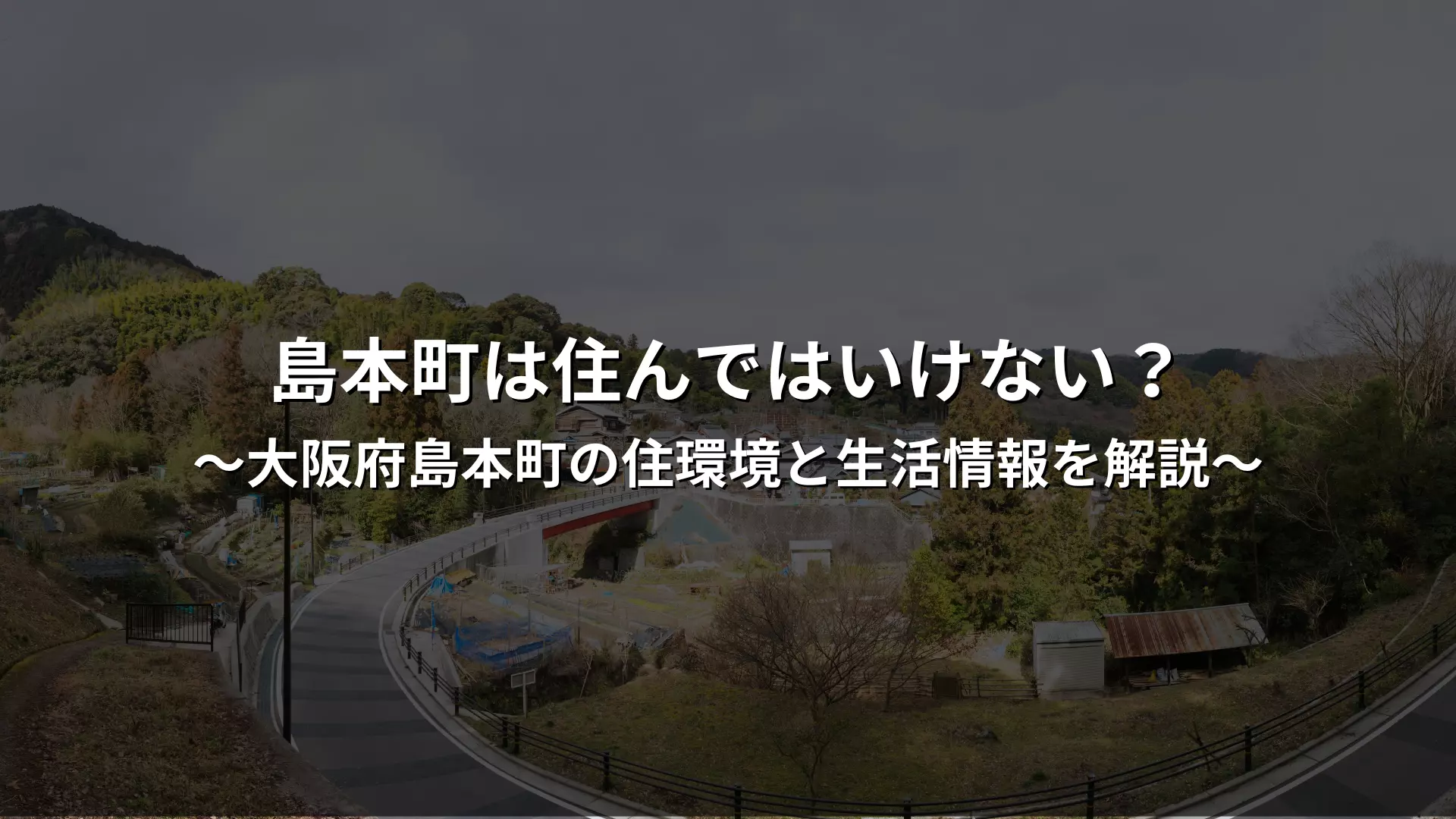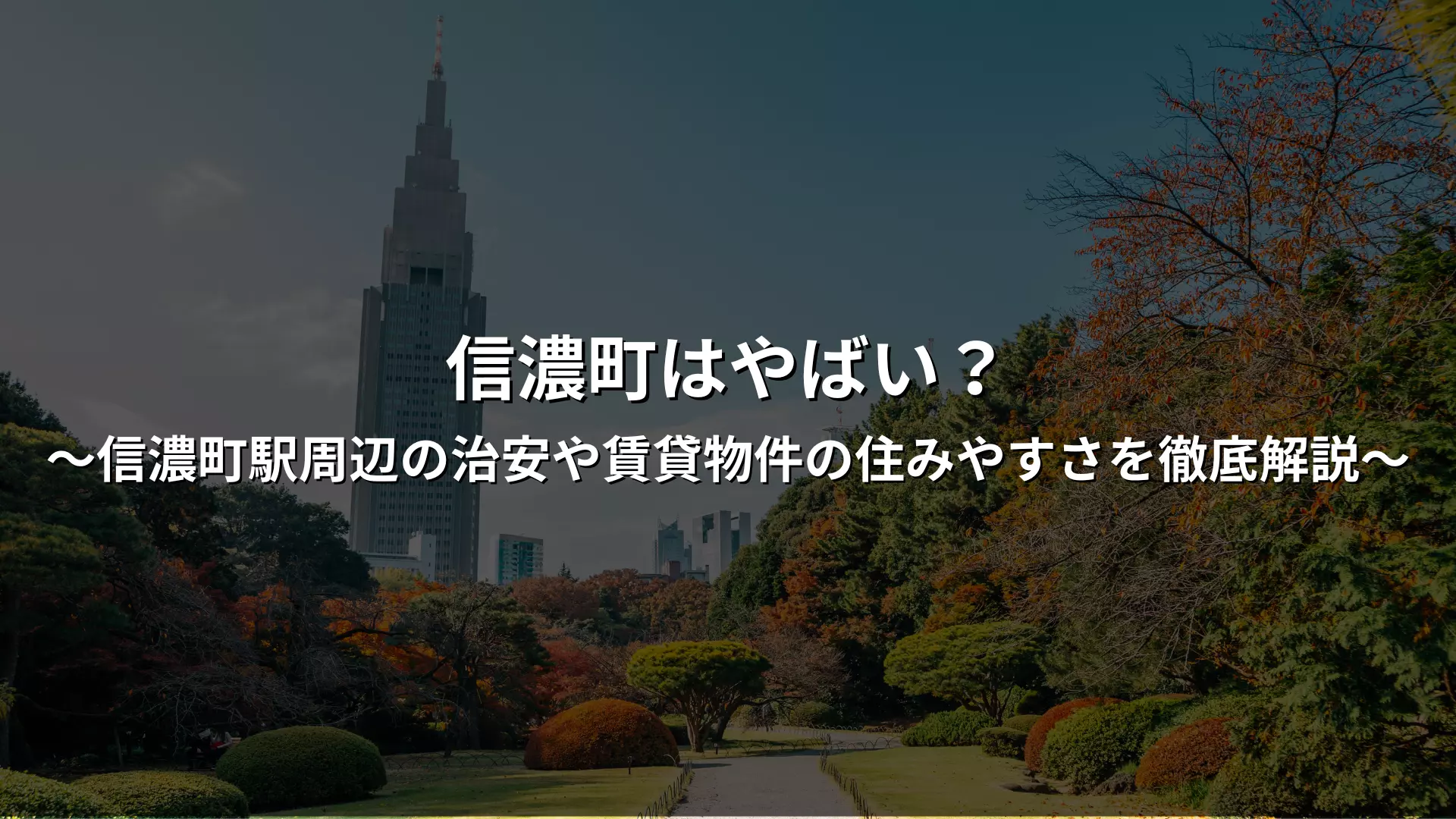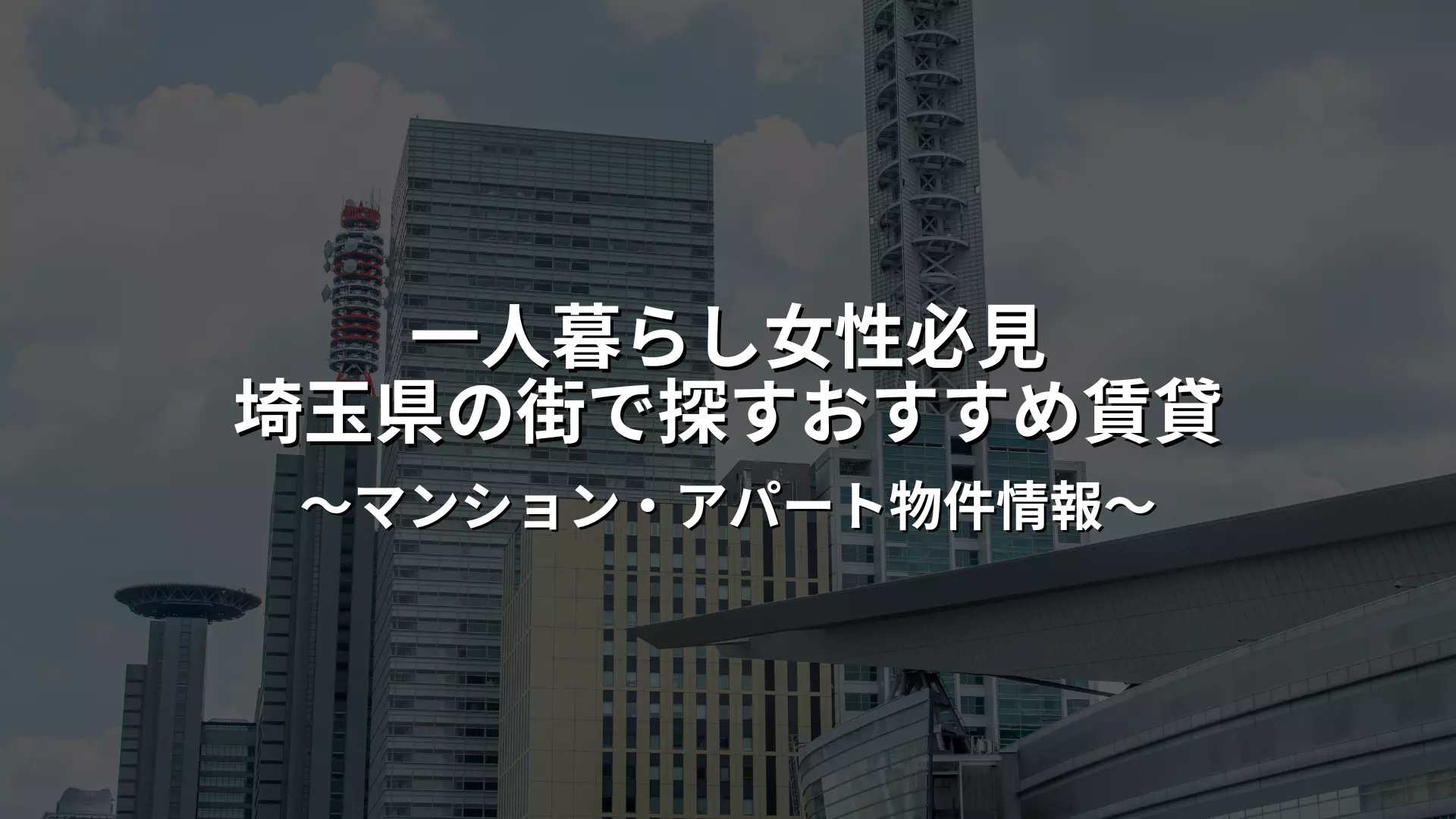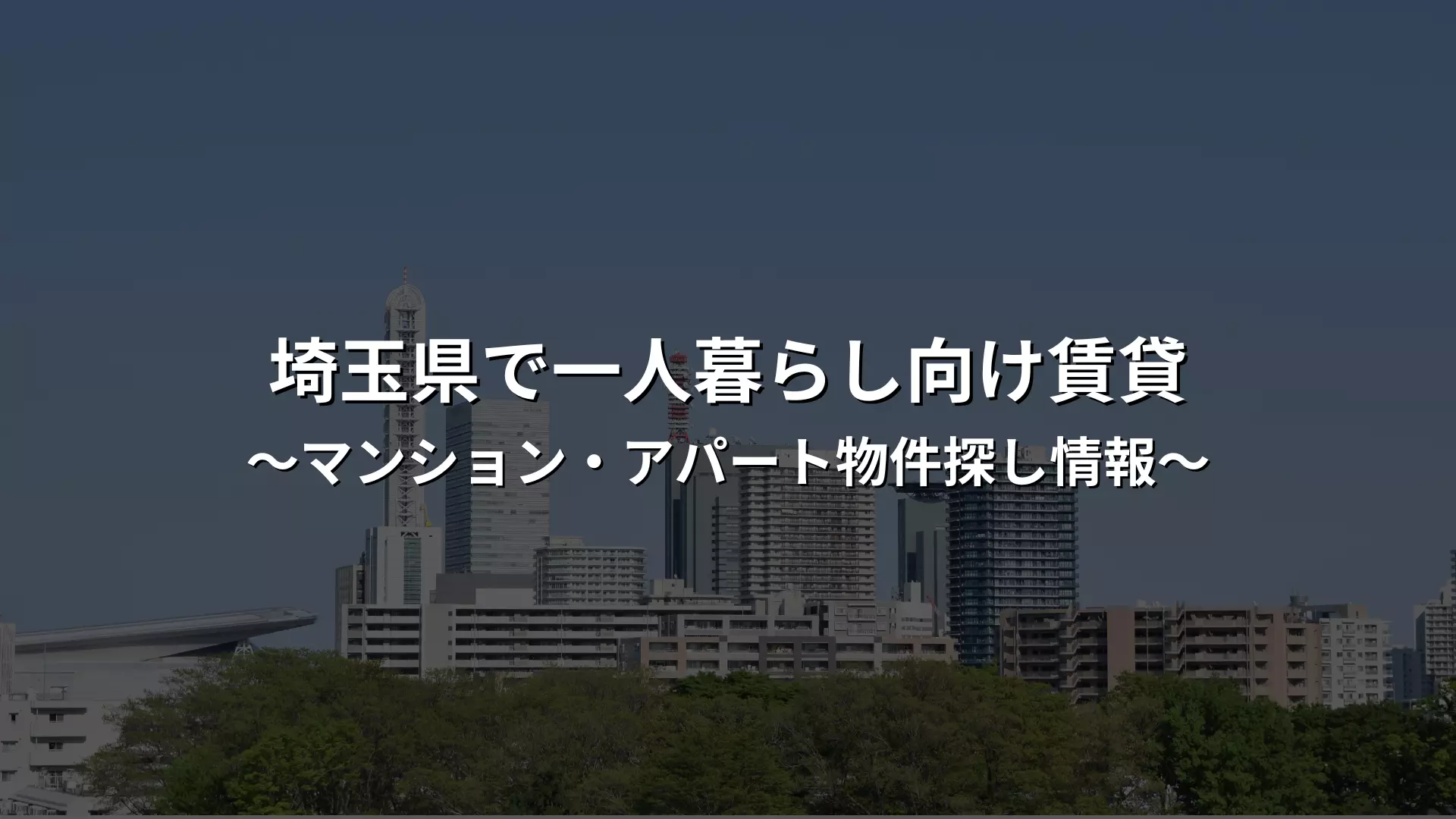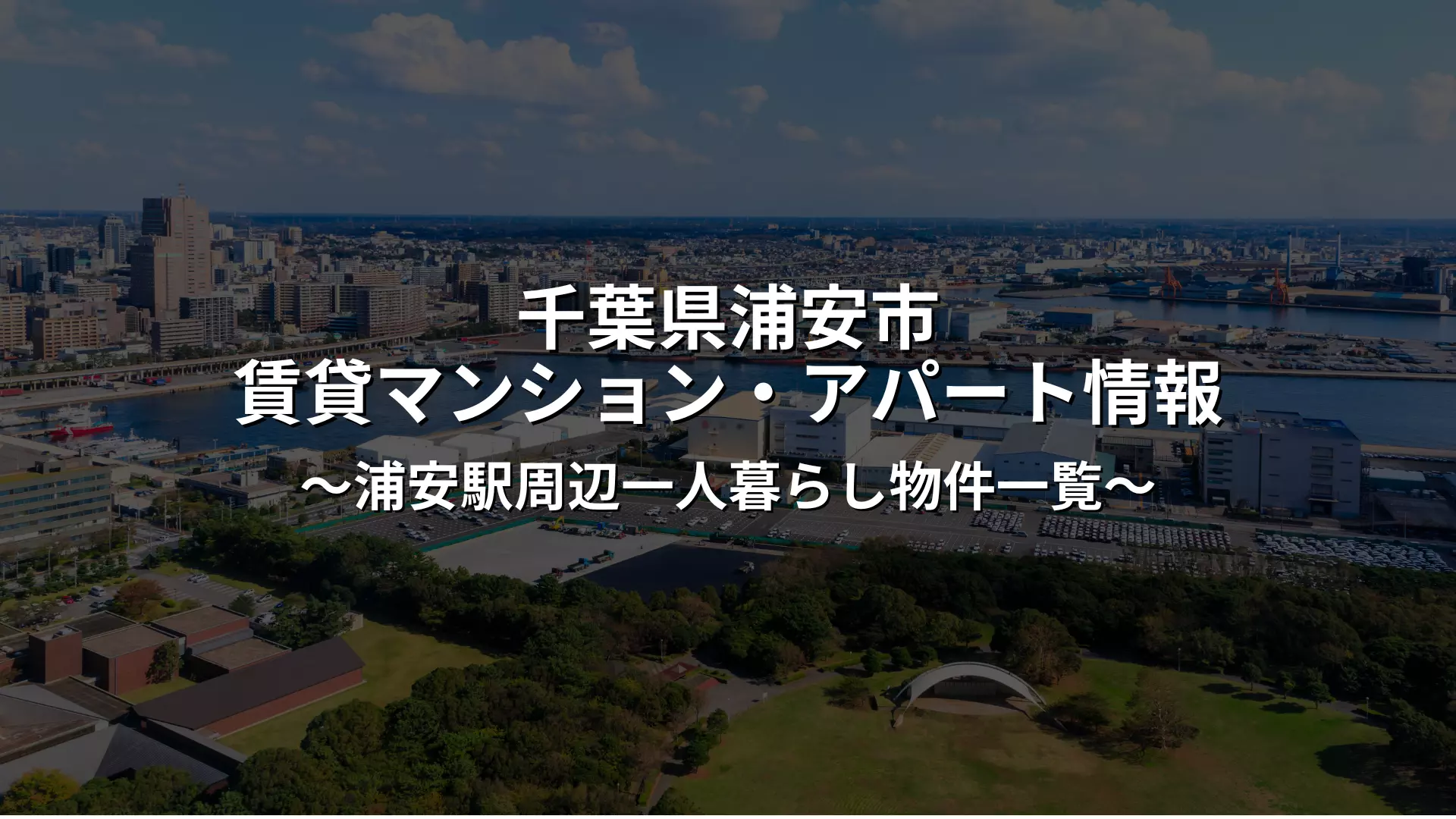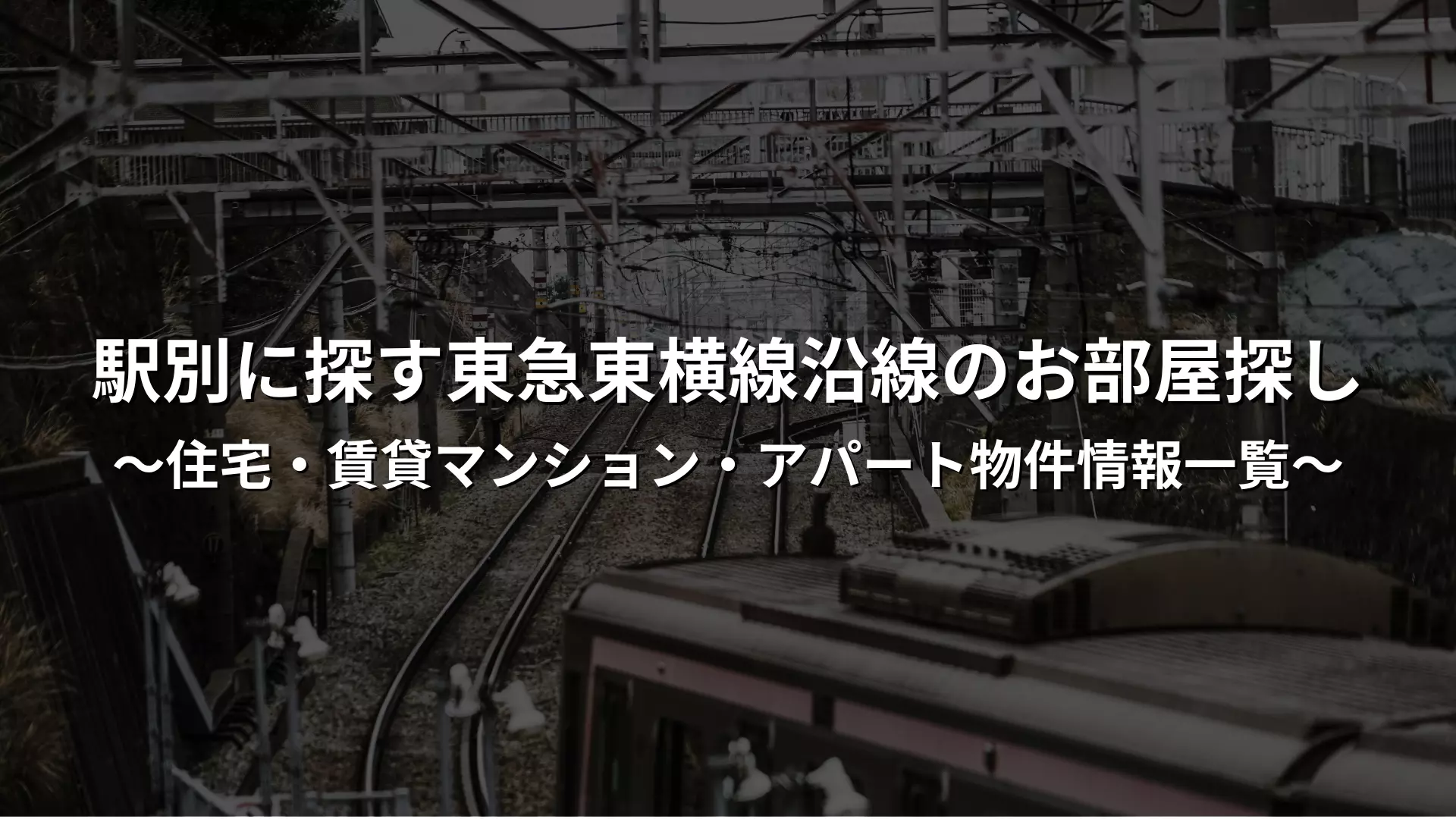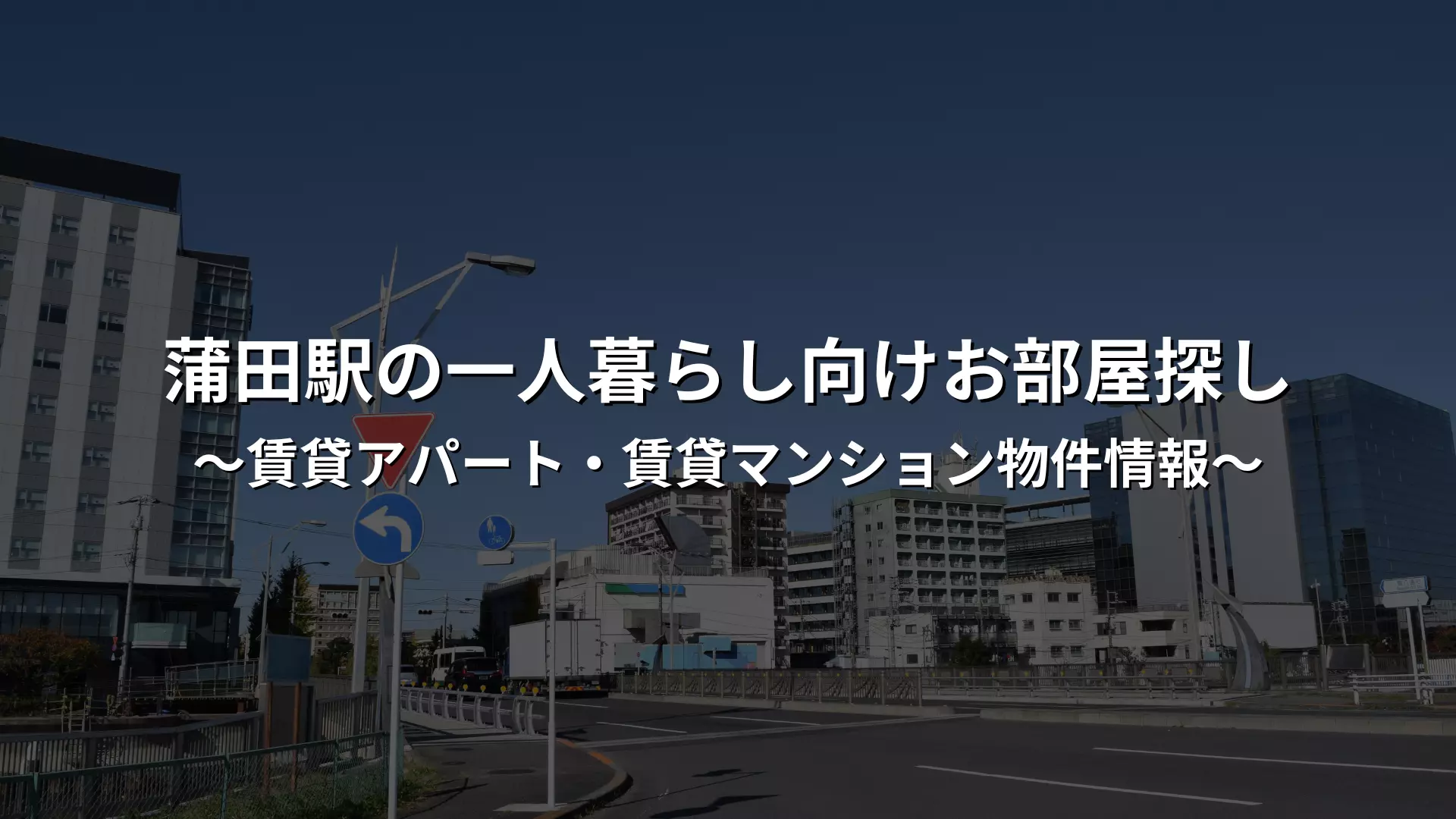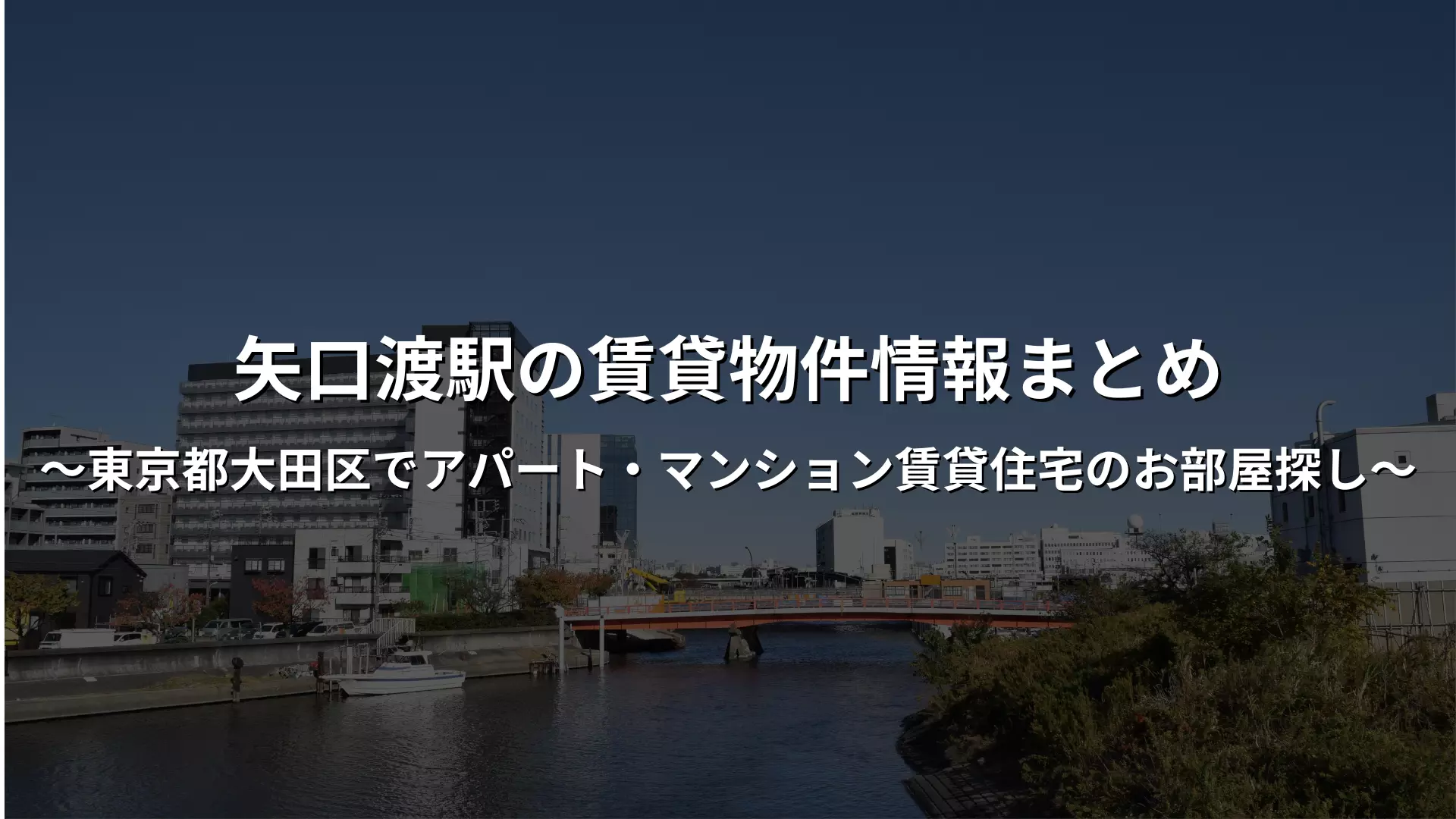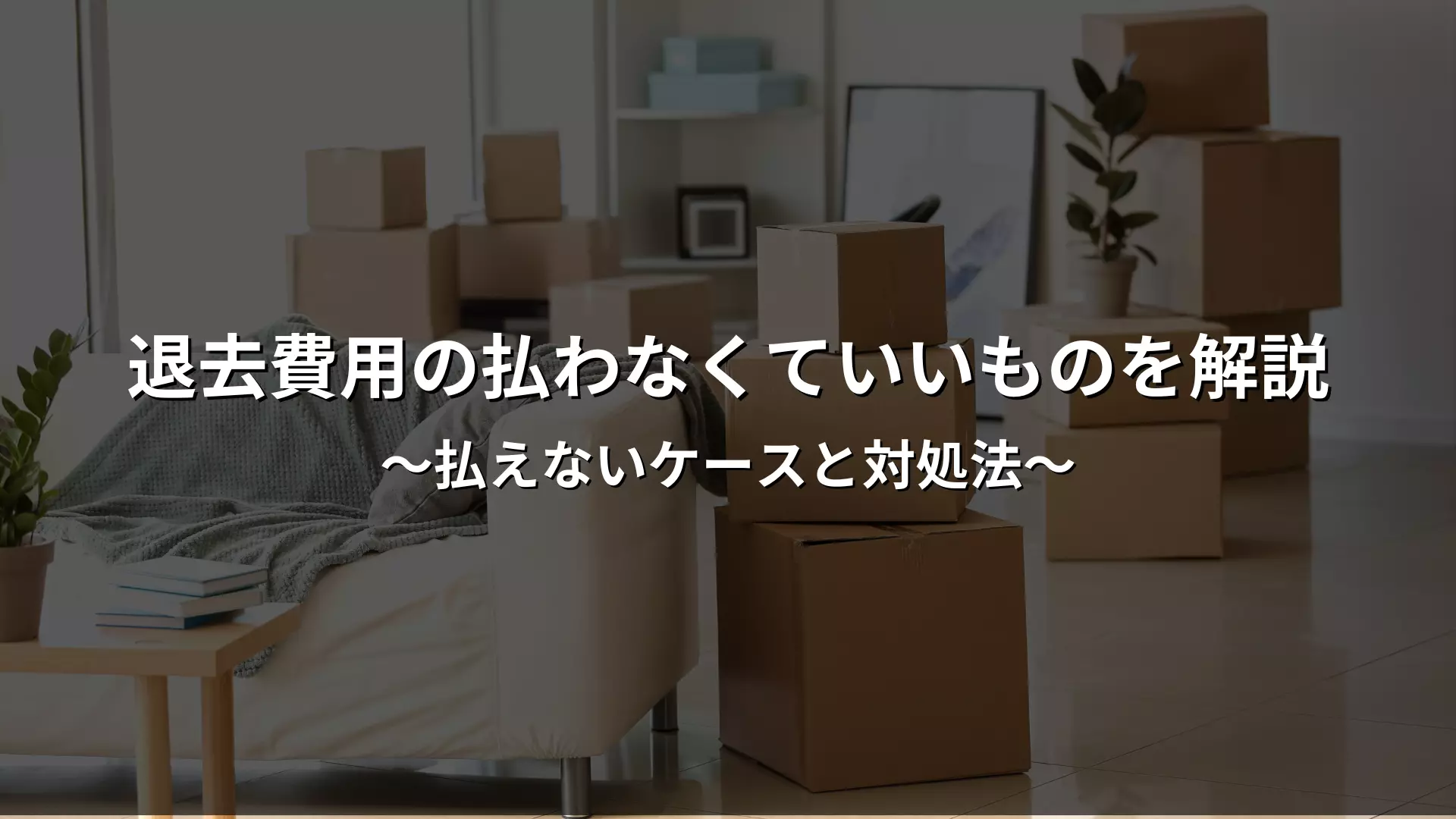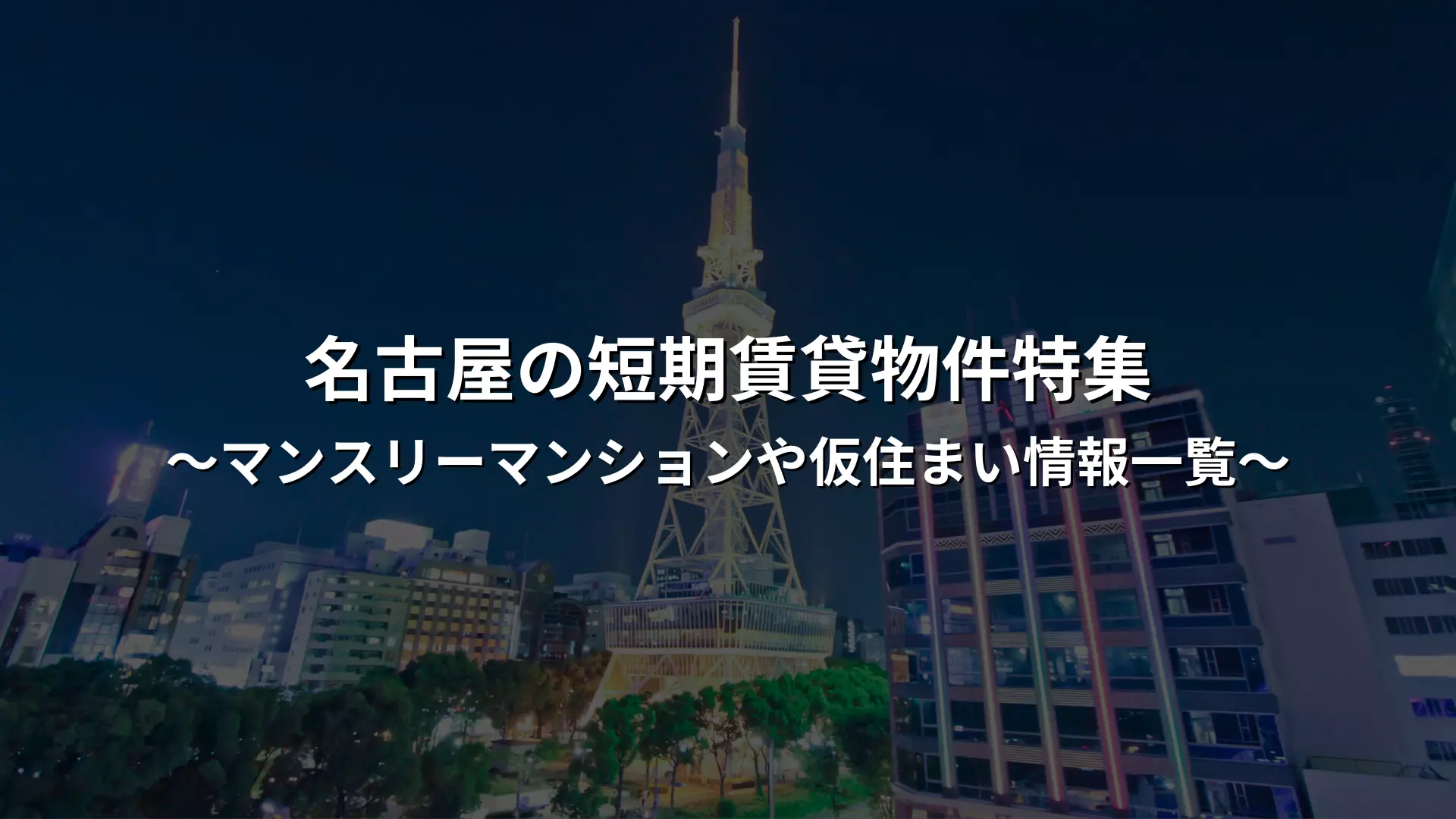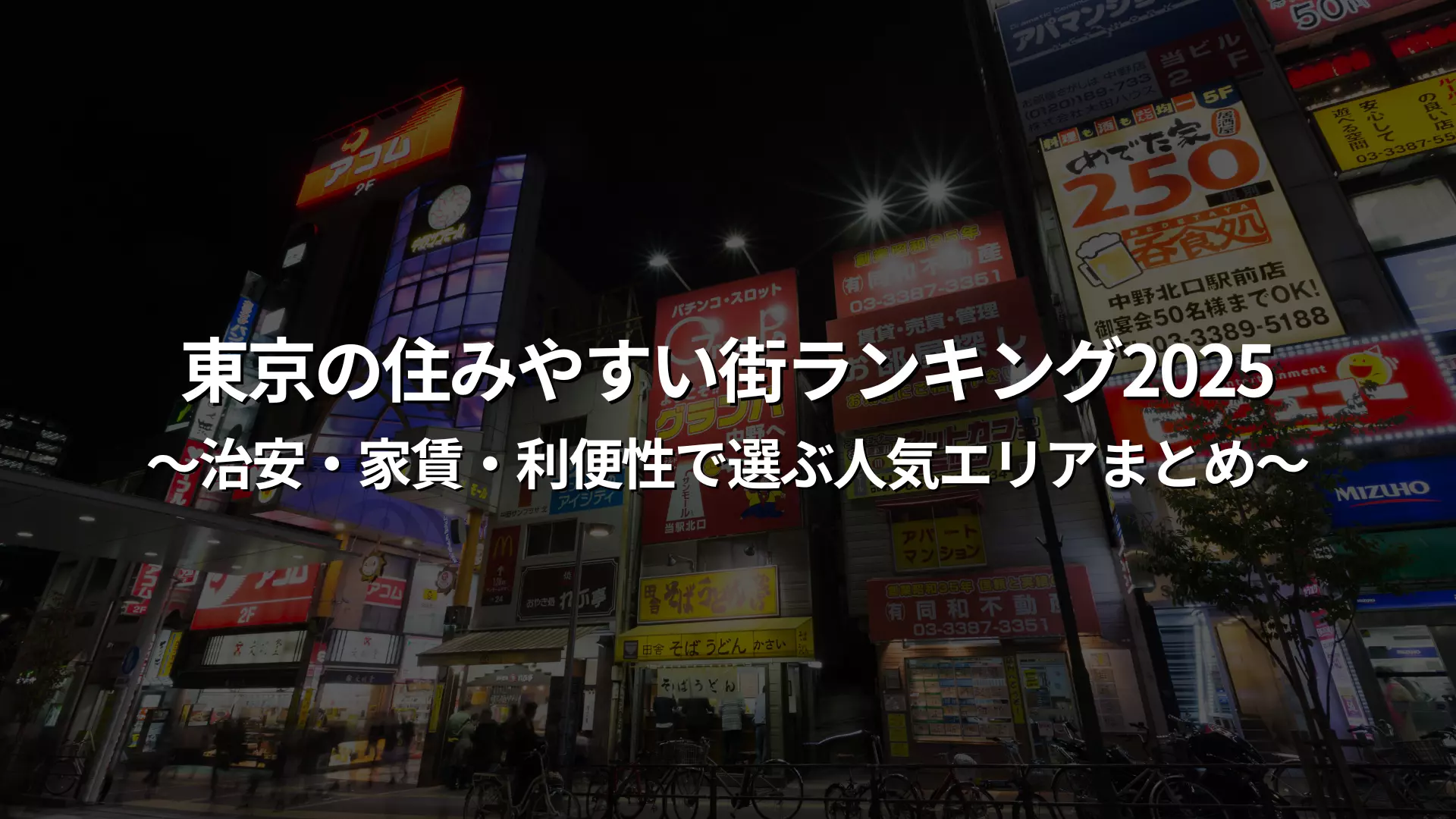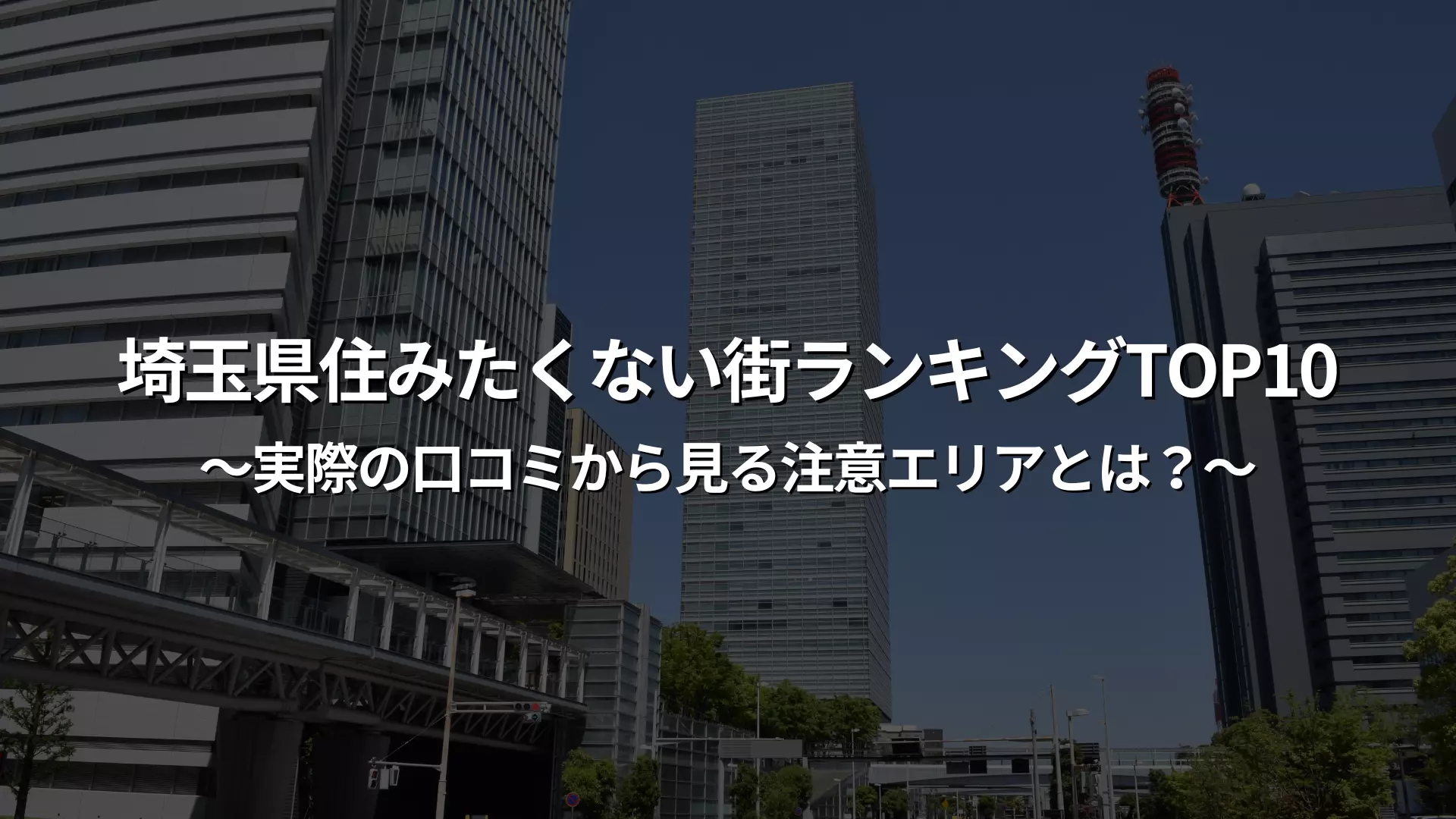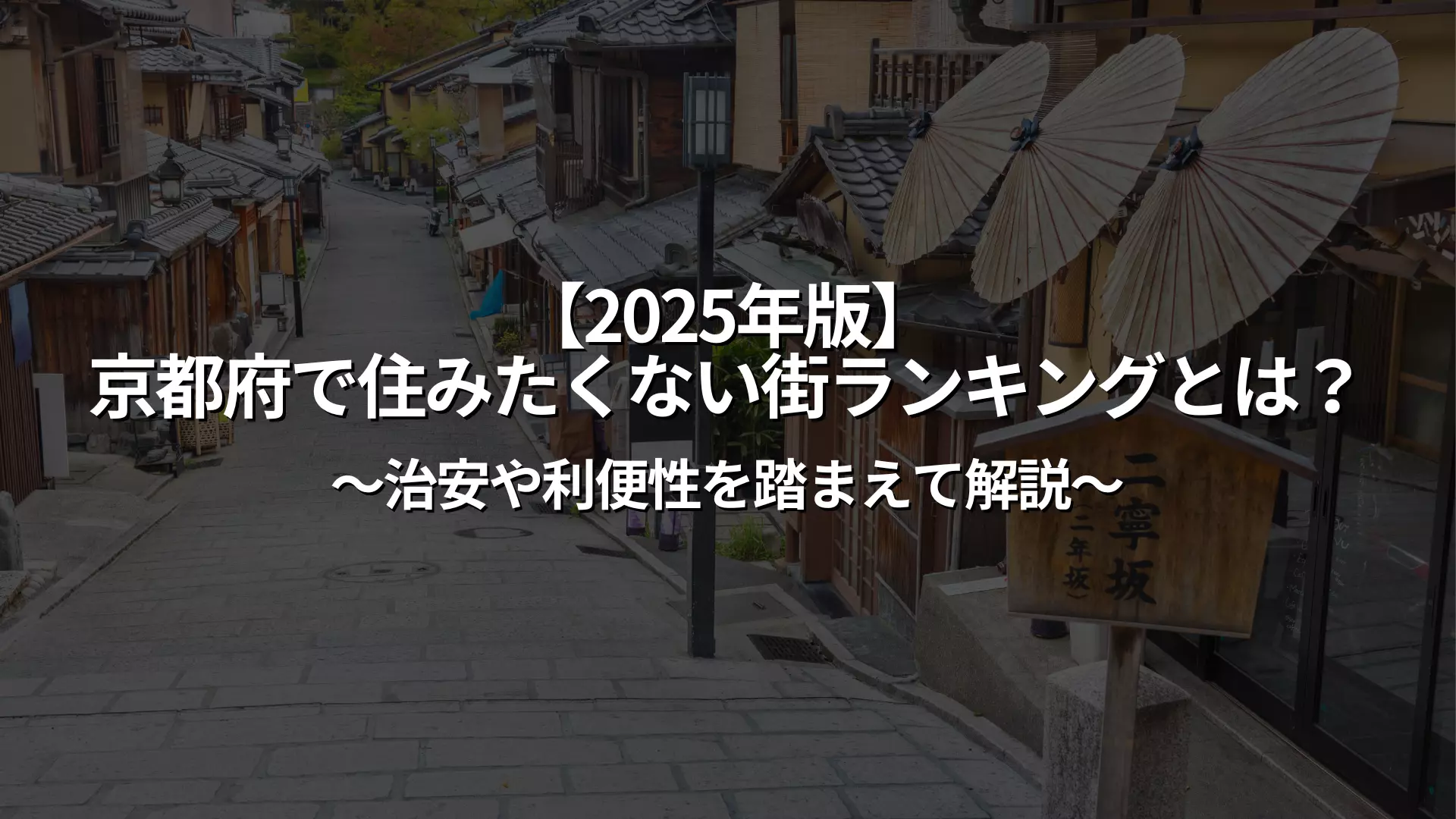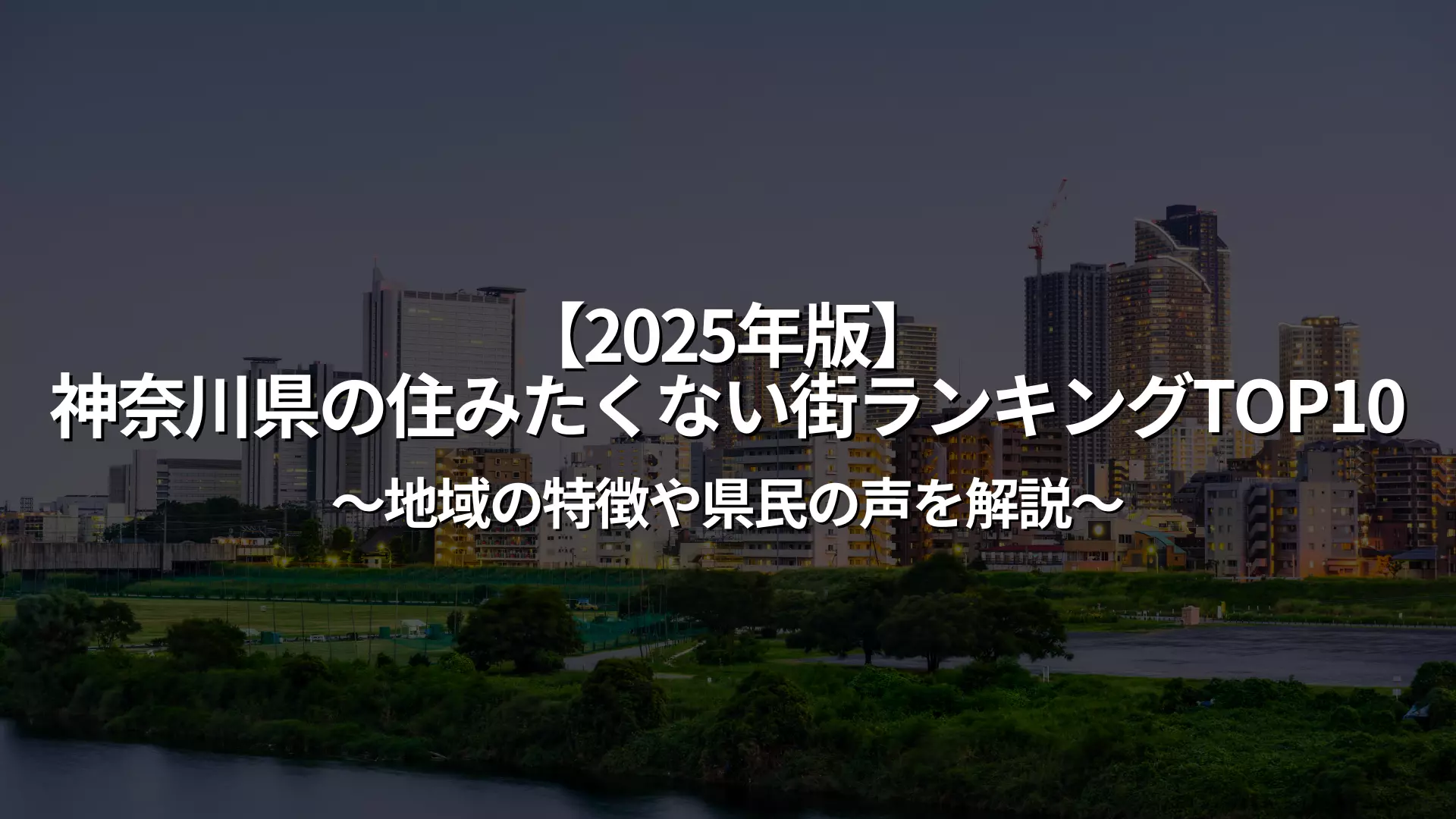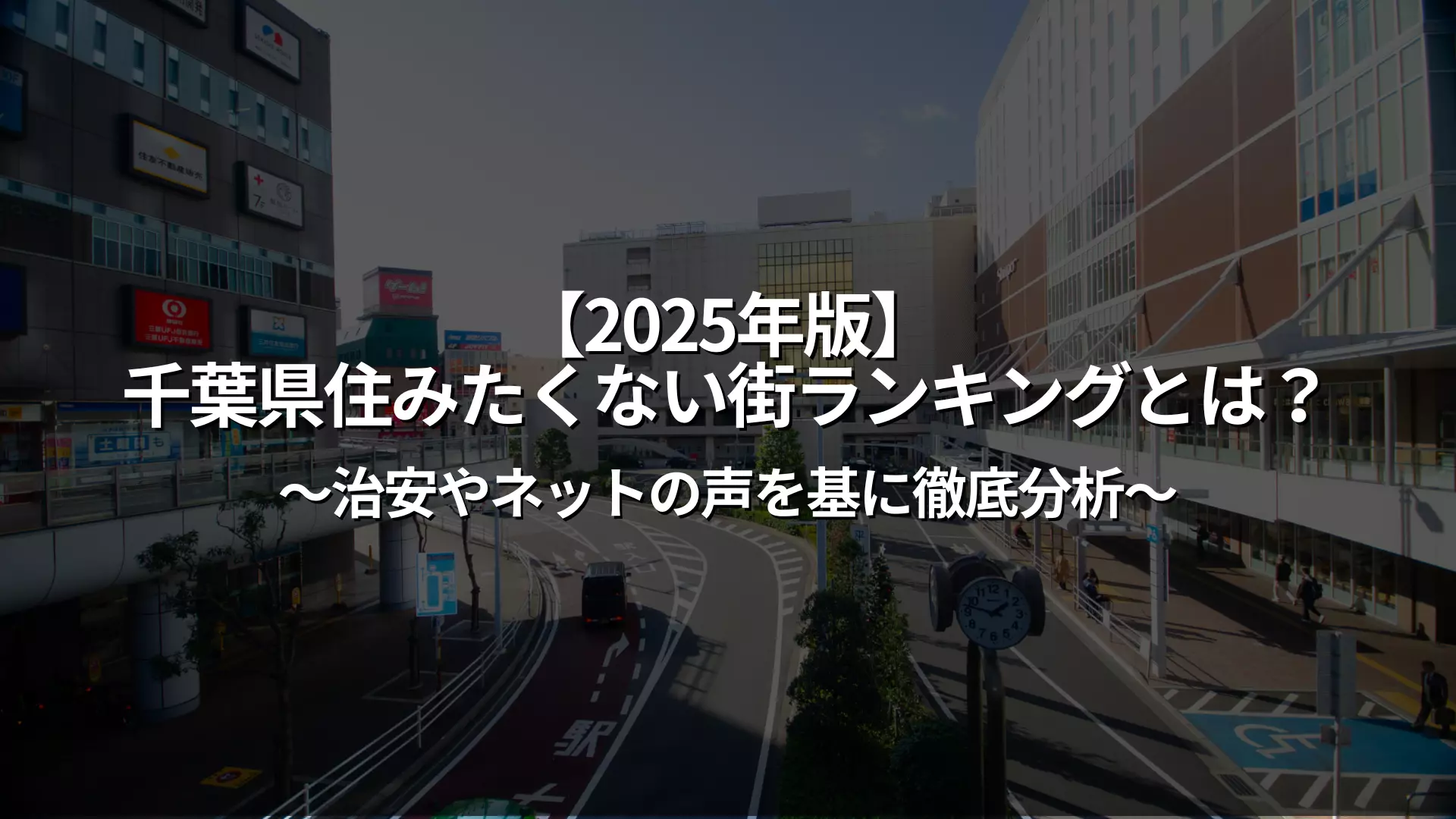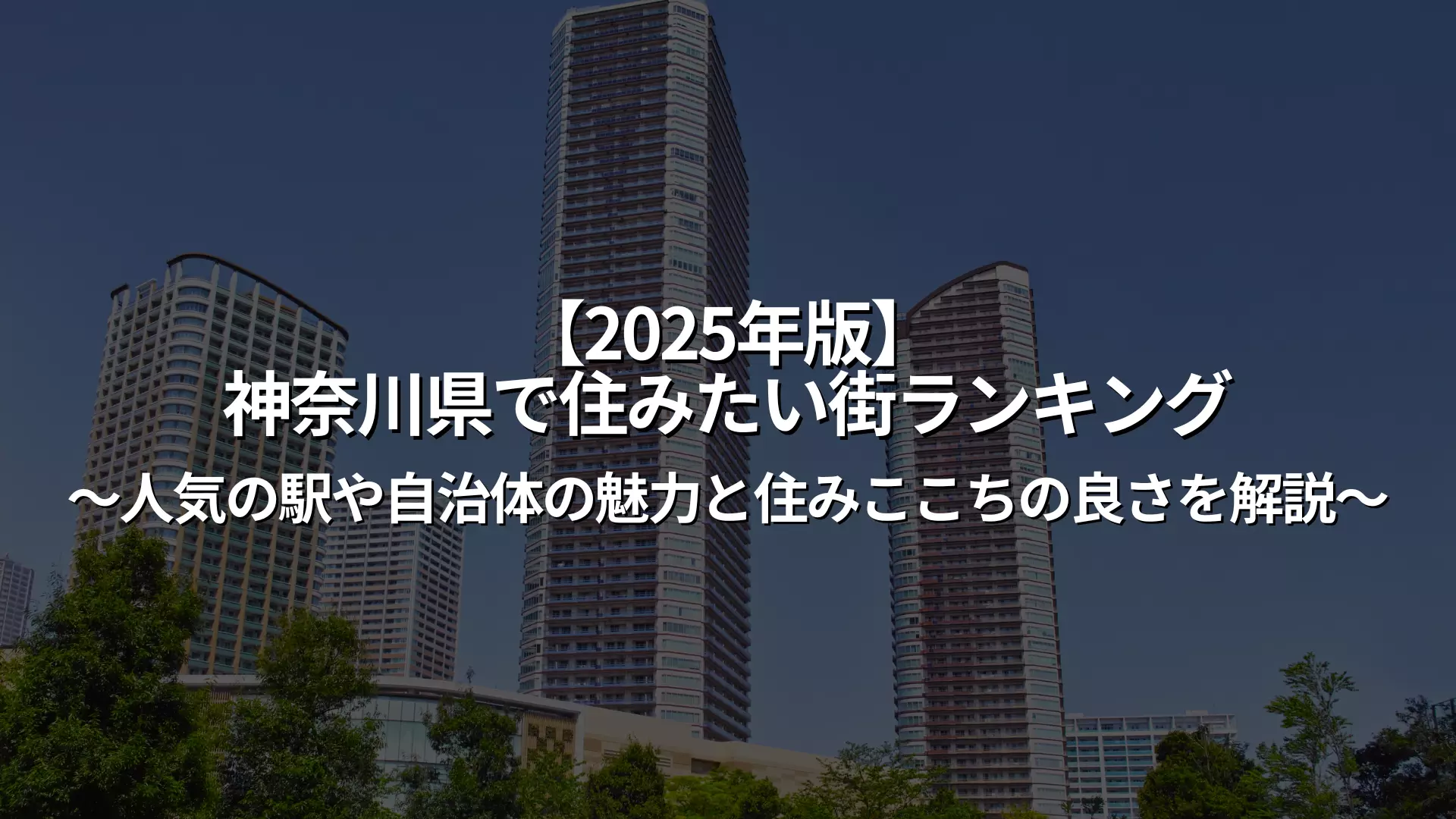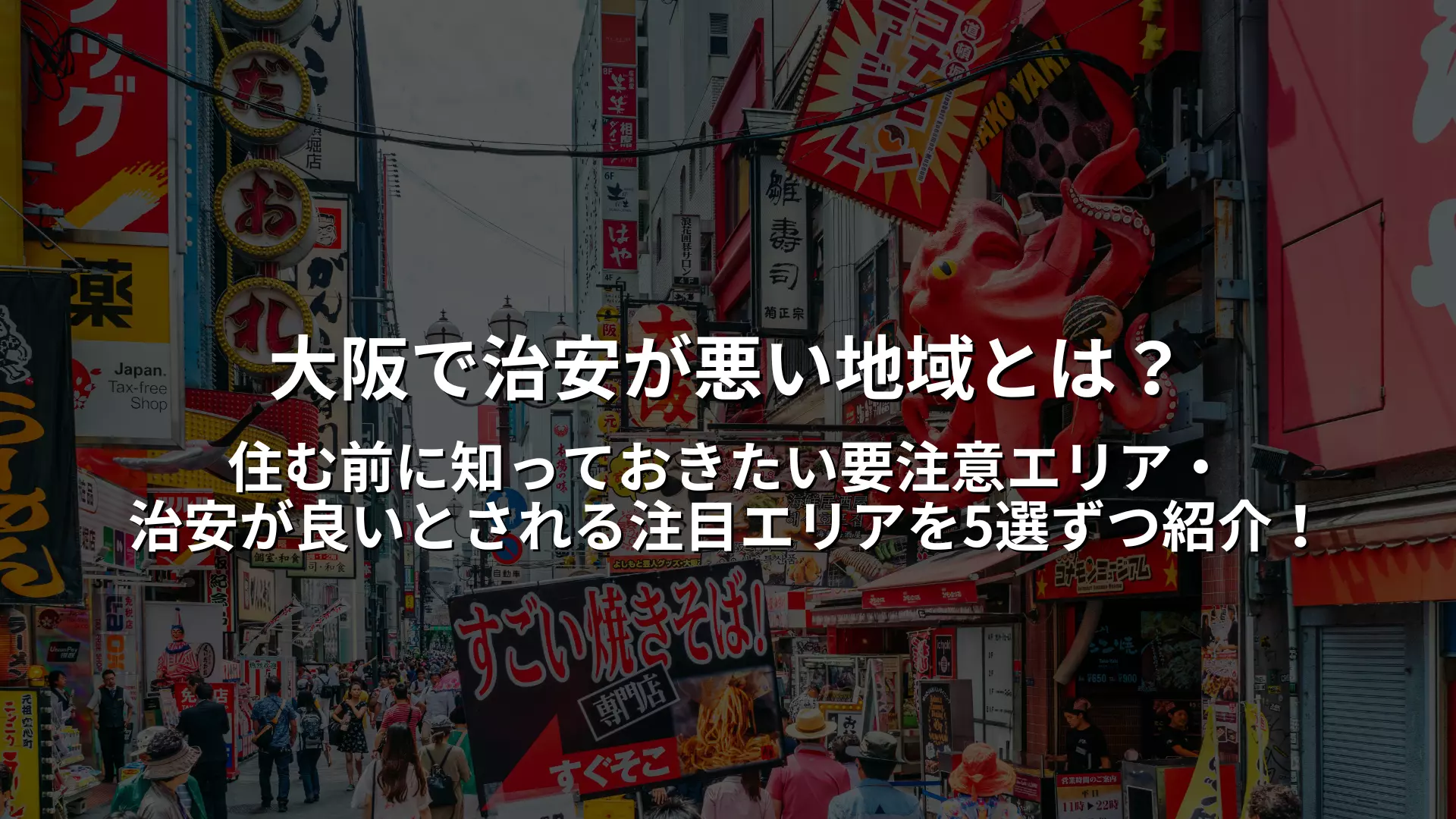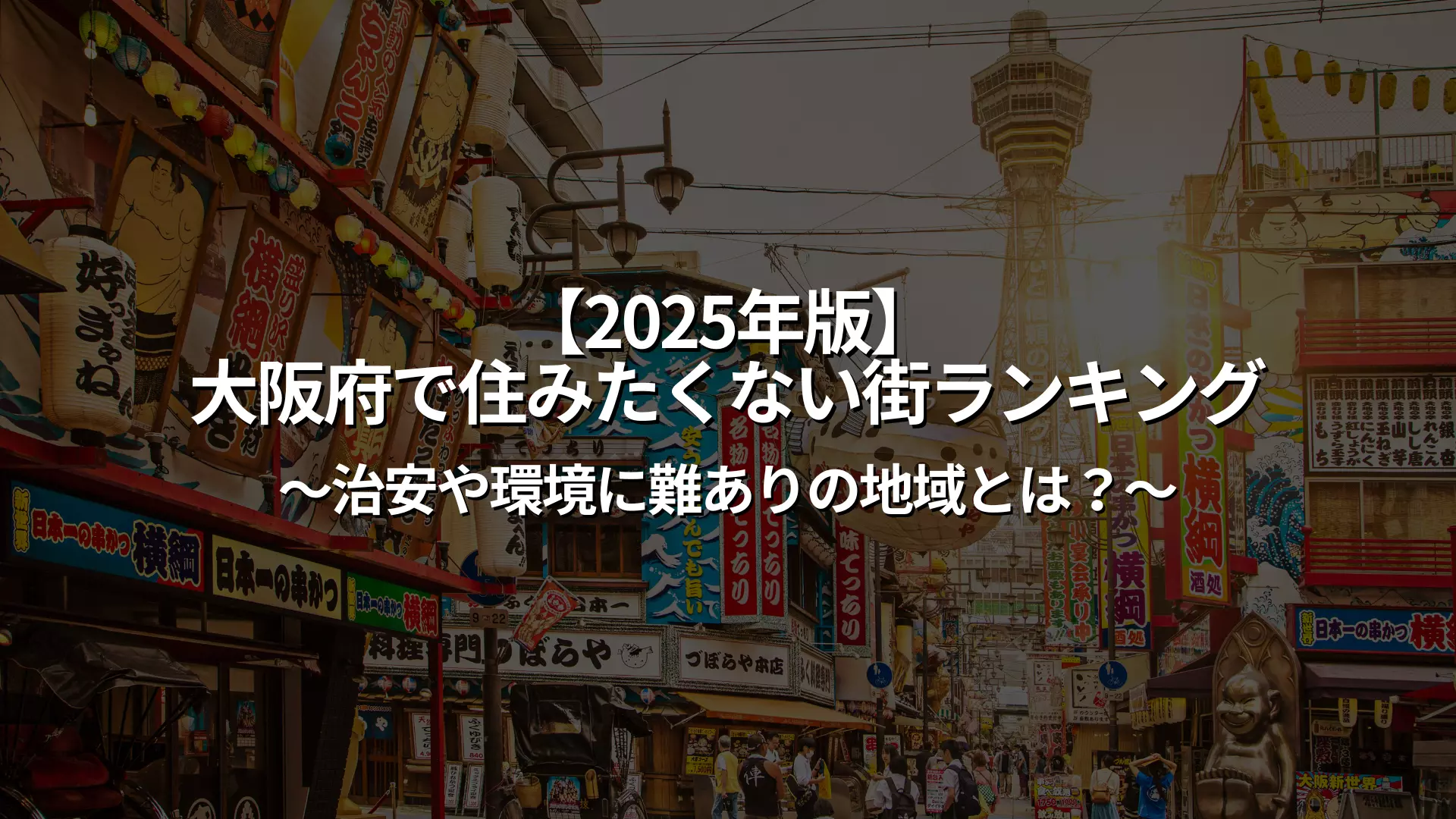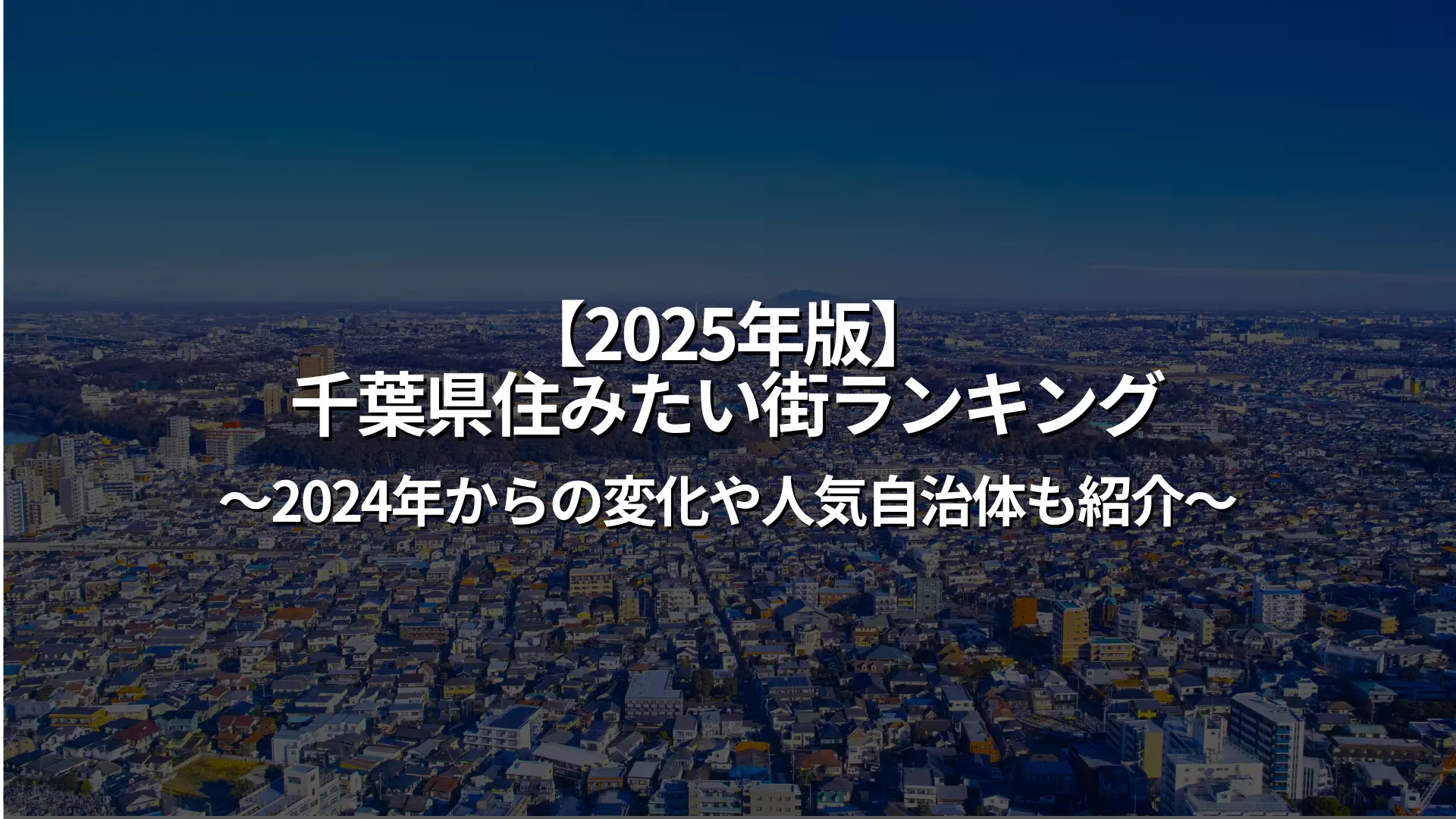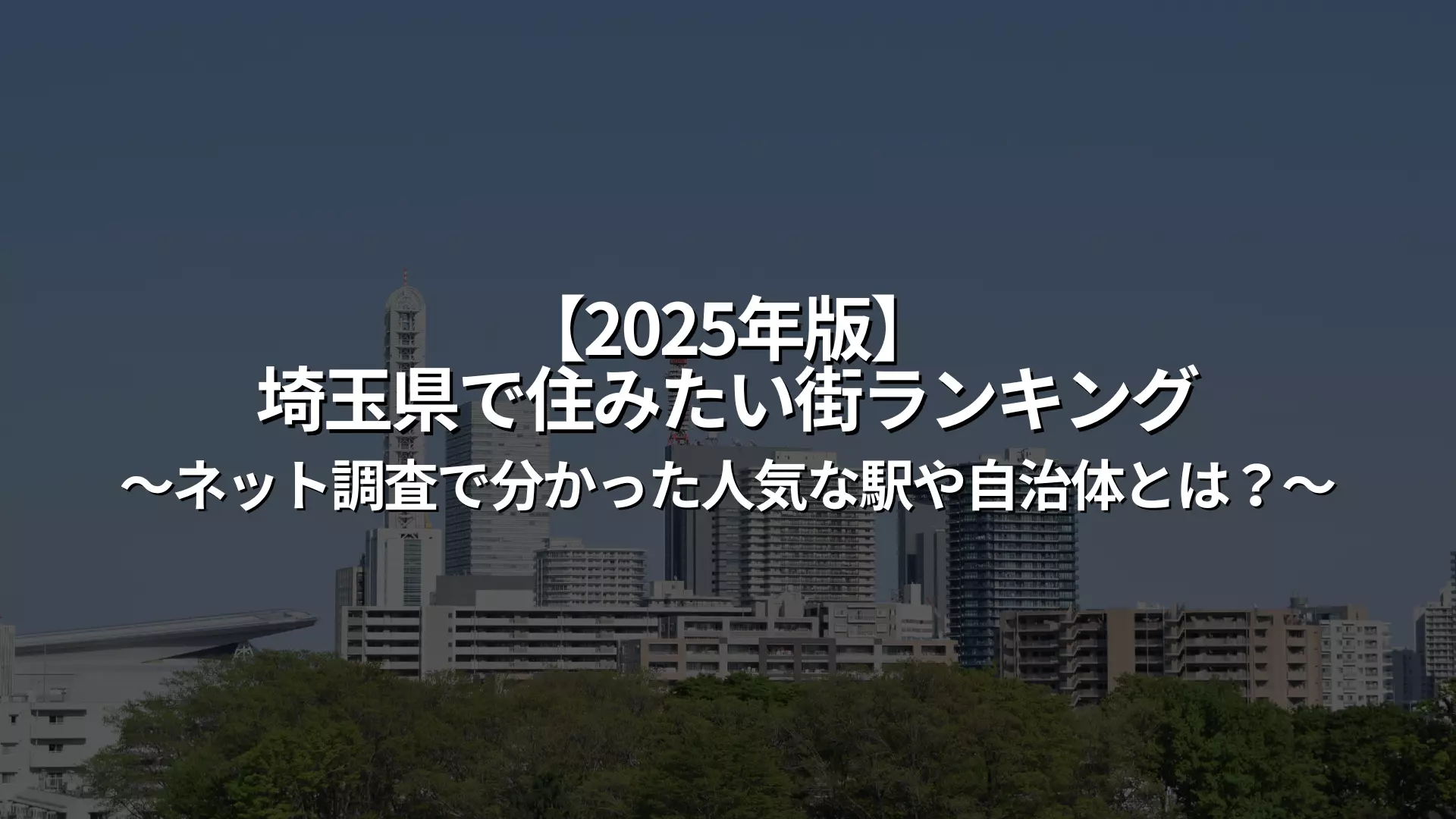Basic information about the Hibiya Line
The Tokyo Metro Hibiya Line is a 20.3 km long line that runs from Nakameguro Station to Kita-Senju Station and serves a total of 21 stations. It runs through the main areas of the city center, stopping at stations such as Ginza, Roppongi, Kasumigaseki, and Akihabara, and is characterized by its convenience as it passes through business districts and entertainment districts.
In addition, it has direct service with the Tobu Skytree Line, making it easy to access the city center from Saitama. It is convenient for commuting to work, school, and shopping, and there are many stations along the line that are easy to live in, making it a popular line for a wide range of people, from single people to families.
Hibiya Line route information
The Tokyo Metro Hibiya Line is a popular line with many stations that are easy to live in. It is convenient for commuting to work or school, and there are many trains running during rush hour, making it easy to avoid crowds.
Rush hour congestion rate: Approximately 157% (slightly high)
Trains run every two to three minutes from both the Kita-Senju and Naka-Meguro terminals, and the short waiting times have led to high ratings.
- First departure time: 5:00am from both Kita-Senju Station and Nakameguro Station
- Last train: 0:28 from both Kita-Senju Station and Nakameguro Station
The first and last trains are also conveniently located at various times, making it easy to access regardless of the time of day, which is a major advantage when choosing a home along the line.
Due to these factors, the Hibiya Line is chosen by many people as it has excellent transportation access and many livable areas.
Features of the Hibiya Line
The Tokyo Metro Hibiya Line covers a wide area of the city center. Along the line are business districts and entertainment districts such as Ginza, Roppongi, and Hibiya, making it an attractive location for commuting to work, school, and shopping.
There are also many transfers to other lines, making travel within the city smooth. Overall, the area has a good balance of residential and office areas, and there are many stations scattered throughout the area that are convenient for both single people and families.
In this chapter, we will introduce some more features of the Hibiya Line.
The Hibiya Line has good access to business districts
The Hibiya Line connects office districts such as Roppongi, Kamiyacho, Kasumigaseki, and Hibiya, making it a very convenient line for commuting. Since it directly connects areas popular with businessmen and office ladies, it is easy to shorten your morning commute and you will have no trouble shopping or eating out after work.
In addition, the area is well connected to terminal stations, and transfers to other subway lines and JR lines are smooth. For these reasons, stations along the Hibiya Line are attracting attention as "towns with easy access to work and easy living."
The Hibiya Line is convenient for traveling to various parts of Tokyo
The Hibiya Line connects directly to major areas of Tokyo, providing easy access to tourist destinations and entertainment districts such as Nakameguro, Ebisu, Ginza, Akihabara, and Ueno.
In addition, since it is operated through to the Tobu Skytree Line, it is possible to travel from Kita-Senju to Saitama in one train. The accessibility to many areas is one of the great benefits of living along the Hibiya Line. As a base for living, working, and playing in Tokyo, it is highly convenient and has gained support as a "livable line."
Paid seating service "TH Liner" makes commuting on the Hibiya Line even more comfortable!
Starting in fiscal year 2020, the Hibiya Line has introduced the Paid Seating Service (TH Liner), making commuting from the Kita-Senju area to the city center even more comfortable. The ability to commute while sitting even during times when congestion is expected has improved user satisfaction.
For commuters from the suburbs in particular, this is a valuable service that reduces morning stress. Thanks to initiatives like this, stations along the Hibiya Line are gaining attention as "lines with comfortable, livable environments."
Search for a room
Only furnished properties with appliances are listed!
Top 5 Hibiya Line Stations for Livability | Introducing popular areas and their charms
The Tokyo Metro Hibiya Line is home to a diverse range of areas, from office districts and redeveloped areas to residential areas brimming with old-fashioned charm, allowing you to choose a livable town that suits your lifestyle.
In this article, we will introduce a ranking of the most popular and livable stations along the Hibiya Line. We will provide easy-to-understand information that will be useful when choosing a home, such as the appeal of each area, average rent, transportation access, and the abundance of surrounding facilities.
No.1 Kitasenju
Kita-Senju is not only convenient as the starting station on the Hibiya Line, allowing you to commute from a seat, but it is also a transportation hub served by multiple lines including JR, Tobu, and the Tsukuba Express.
There are Lumine, Marui, and large supermarkets around the station, making it a convenient place to live. Furthermore, the area has been redeveloped and the atmosphere has become more sophisticated, attracting a wide range of people from singles to families. The average rent is also more affordable than in the city center, making it a popular place to live with good cost performance.
No. 2 Minamisenju
Minamisenju is an area where redeveloped streets coexist with the atmosphere of an old-fashioned downtown area. There are many supermarkets, childcare facilities, and a large shopping center called "LaLa Terrace Minamisenju," making it popular with families.
In addition to the Hibiya Line, the JR Joban Line and Tsukuba Express are also available, providing good access to the city center. Rent is also relatively reasonable, making it an easy choice for those looking for a peaceful life near the city center.
No.3 Ningyocho
Ningyocho is an easy-to-live-in area with many old-fashioned shopping streets and restaurants, even though it is close to the office district. It is served by two lines, the Hibiya Line and the Toei Asakusa Line, and has excellent access to Ginza and Tokyo Station. It is also a safe area, and is popular with single people and DINKs (Double Income No Kids) who want to live in a calm environment.
The number of luxury rental properties is also increasing, making this an ideal area for those who value a balance between convenience and living environment.
No.4 Nakameguro
Nakameguro is a popular area close to Daikanyama and Ebisu, lined with stylish cafes and shops. The area is also attractive for its rows of cherry blossom trees along the Meguro River and quiet residential areas, making it a perfect place to live that combines nature with the convenience of the city. Direct service to the Tokyu Toyoko Line makes it easy to travel to Yokohama.
It is popular with a wide range of people, from the younger generation to families, and is attracting attention as a particularly sophisticated "place to live" along the Hibiya Line.
5th place Minowa
Minowa is an area with relatively low rent and a calm, traditional atmosphere, even among the areas on the Hibiya line. There are supermarkets and shopping streets around the station, so you won't have any trouble finding what you need for your daily shopping.
It's conveniently located within 10 minutes by train to central Tokyo areas such as Ueno and Akihabara, yet maintains a calm residential environment, making it perfect for those living alone or starting a new life. For those who value value for money, it's a hidden gem of a place to live.
Carefully selected by our real estate staff! Top 5 recommended stations along the Hibiya Line for easy living
There are many stations along the Hibiya Line that are easy to live in, have good access, and are convenient for daily life. Here, we will introduce the "Top 5 Recommended Stations" carefully selected by our real estate staff based on actual living environments and popular trends.
We will explain the key points for livability, focusing on the characteristics of each station, surrounding facilities, and transportation convenience. This is a must-read for those living alone for the first time or those looking for a city that is convenient for commuting to work or school.
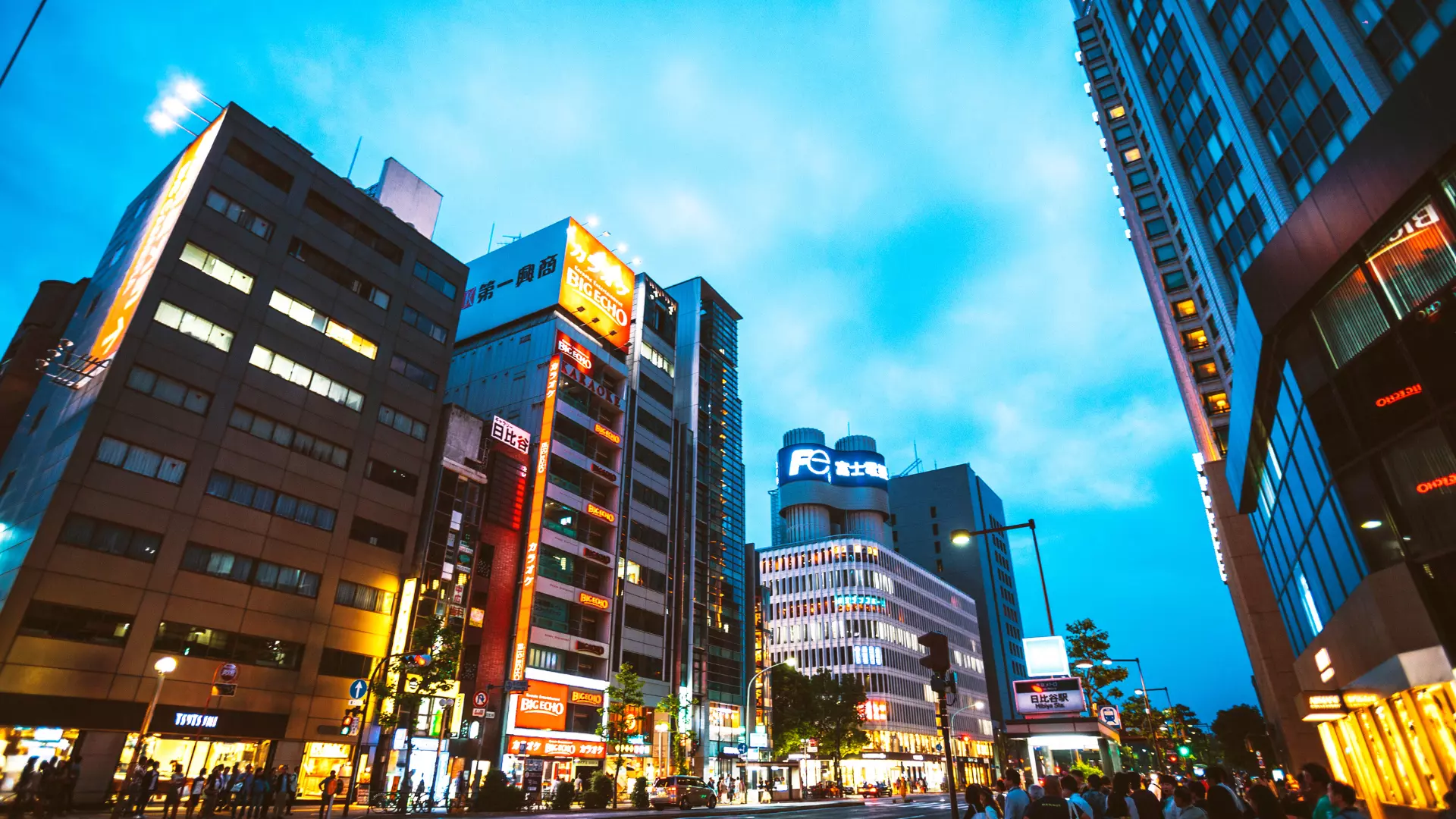
No.1 Ueno Station
Ueno Station is a terminal station with multiple lines including JR and Tokyo Metro, making it convenient for commuting to work or school, as well as traveling to other areas. There are large commercial facilities around the station, such as Ameyoko, Ueno Marui, and Parcoya, so you will have no trouble finding what you need for daily shopping or eating out.
Furthermore, there are plenty of cultural facilities such as Ueno Park, art museums, and the zoo, providing a comfortable living environment. It is a representative example of a livable city that is widely supported by single people and families alike.
No. 2 Roppongi Station
Roppongi Station is a highly convenient station where the Hibiya Line and the Toei Oedo Line intersect, and it is attractive that it is in the center of the city yet has a good living environment. Large complexes such as Roppongi Hills and Tokyo Midtown are within walking distance, and you can enjoy shopping, eating, drinking, and even watching movies.
There are many high-end residential areas and tower apartments in the surrounding area, and the security and facilities are reliable. It is especially popular with high-income earners and single business people, and is a recommended area for those who want a sophisticated lifestyle.
No.3 Akihabara Station
Akihabara Station is a transportation hub where the JR Yamanote Line, Keihin Tohoku Line, Sobu Line, and Hibiya Line intersect. It is also very convenient for commuting to work or school as it has direct access to the Tokyo, Ueno, and Ginza areas. Although the area has a strong image of an electronics district, in recent years redevelopment has progressed and the area is now home to tower apartments and a residential environment with well-developed infrastructure.
There are also many restaurants and supermarkets, and the station is attracting attention as a cost-effective, easy-to-live-in area where you can enjoy a convenient city life while keeping living costs down.
No.4 Ginza Station
Ginza Station is a highly convenient station with access to three lines: the Hibiya Line, the Ginza Line, and the Marunouchi Line. The streets lined with luxury boutiques, long-established department stores, and gourmet restaurants exude a relaxed, adult atmosphere.
In recent years, the number of luxury rental apartments around the station has increased, making it popular with people looking for convenience and comfort. Although it is in the center of the city, it has good public safety and is highly regarded as a comfortable area suitable for women living alone.
No.5 Ebisu Station
Ebisu Station is on the Hibiya Line and JR Yamanote Line, and is conveniently located with smooth access to Shibuya, Meguro, and Tokyo. The area around the station is home to Yebisu Garden Place and a collection of trendy cafes and restaurants, and has a stylish, relaxed atmosphere.
It also has good public safety and a quiet residential area, making it a popular area for single people and DINKs. It is one of the most livable stations along the Hibiya Line, offering convenience, a good living environment, and a good brand reputation.
Search for a room
Only furnished properties with appliances are listed!
Recommended properties along the Hibiya Line
The Hibiya Line area is an attractive area that offers a good balance between good transport access and a good living environment. It also has good access to the city centre and business districts, making it popular with many people, from single people to families.
Here we will introduce a carefully selected list of recommended properties along the Hibiya Line that are particularly popular. We will focus on properties that are suitable for first-time solo living, transfers, and short-term stays, and will explain them from the perspectives of location, facilities, and cost performance.
04 Cross Ueno 1
" 04 Cross Ueno 1 " is a share house that is conveniently located within walking distance of Ueno Station and Iriya Station on the Hibiya Line. There are Ameyoko, supermarkets, and restaurants in the surrounding area, making it extremely convenient for daily life. All rooms are private, ensuring privacy, while the common areas are equipped with comfortable facilities such as Wi-Fi, a kitchen, and a lounge.
The rent is lower than the market average, making this property recommended for those living alone for the first time or those who want to start living in the city at a reasonable price.
SA206 SA-Cross Ikejiri Ohashi 2
" SA206 SA-Cross Ikejiri-Ohashi 2 " is located near Ikejiri-Ohashi Station on the Tokyu Denentoshi Line, but it is also convenient for commuting to Nakameguro and Roppongi thanks to its direct connection to the Hibiya Line. The property is a highly designed shared house located in a quiet residential area.
All rooms are private and there is a floor exclusively for women, so you can live safely and comfortably. The shared spaces are spacious and open, and the apartment is also equipped with an auto-lock system and delivery lockers. This is a comfortable property perfect for those who want a stylish and quiet lifestyle.
summary
The Hibiya Line is an attractive line that combines urban functions with convenience for daily life, with many stations that are easy to live in. In addition to major stations such as Kita-Senju, Nakameguro, and Ueno, there are also many cost-effective areas such as Minami-Senju and Minowa.
The program also introduced stations recommended by real estate staff and notable properties along the Hibiya Line, providing useful information for anyone considering moving or relocating.
Let us help you choose the home that best suits your lifestyle.

